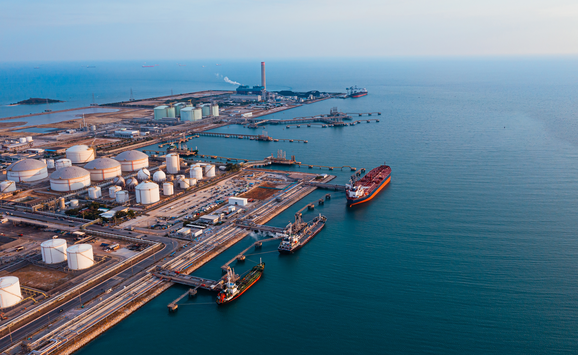The Reactor Safety Study calculated the probability that (1) a nuclear reactor accident would occur with a significant release of radioactivity, and (2) the radioactivity would be carried to locations where it could expose a population to possible health risks.
All possible components in the plant that might break down so as to eventually lead to such an accident were examined. For example, one possible way for an accident to occur would be for a large pipe to break, then for both the emergency core cooling system and the containment spray system to fail, and then for the containment itself to be breached, releasing radioactivity into the atmosphere. One must calculate the probability for this total sequence of events, and for all the different possible events—including human errors—that could lead to a core meltdown or other serious accident, such as the bursting of the reactor vessel.
The most worrying aspect of Three Mile Island is that aspects of the accident appear not to have been considered in the Rasmussen study at all. That goes especially for the hydrogen bubble.
This type of probability calculation was carried out for two typical existing reactors. Normal uncertainties in the design and the failure rates of components were also taken into account in order to reflect differing conditions in one hundred typical reactors.
If the radioactive material gets outside the reactor, then its destructiveness depends on whether the wind is blowing in the direction where people live, whether there is rain, and how many people live in the affected area. The chance of ninety different kinds of weather conditions occurring at each of six representative sites was then calculated, taking into account local populations.
For example, the probabilities for a worst-case accident could be calculated as follows: (1) The probability of an accident occurring in each reactor in which a substantial amount of radioactivity would be released was 5 in 1 million; (2) the probability of the weather being unfavorable and exposing a large population to the radioactivity was 1 in 1,000; (3) the chance of a worst-case accident happening was then 5 out of 1 billion for each reactor-year; and (4) the number of latent cancers inflicted on such a large population from such an amount of radiation would be 48,000; (5) this can be interpreted to mean that we "expect" only 0.0002 fatalities per reactor-year from this worst-case accident.





